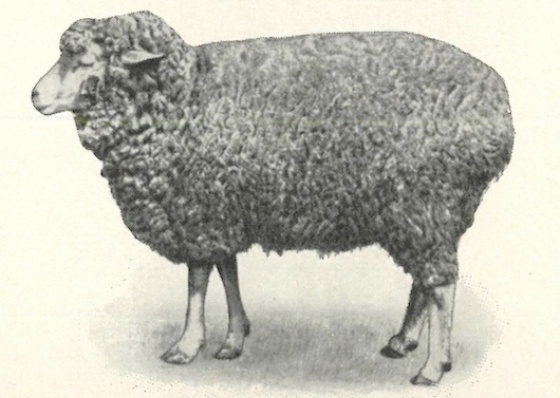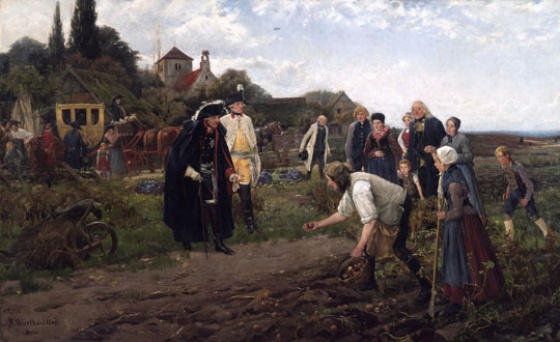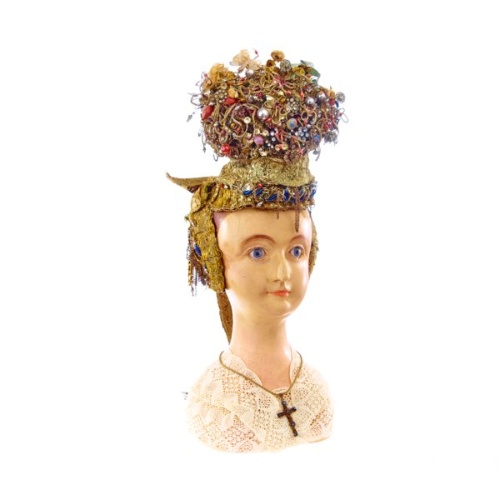From 1753 small landowners (2-9 hectares) came to settle on free farmsteads. State farmers were released from court service between 1768 and 1778.
Three-field farming with pasture land changed as per the Holstein model into the Mecklenburg field economy with seven to 12 fields. From 1785 Spanish merino sheep were bred. Potato farming began around 1790.
In 1793 there were 183 lords of the manor through birth (the core of the knighthood), 117 new lords and 111 middle-class manorial owners.
Due to poor harvests and increased demand during the Coalition Wars, France became a trading area for grain, butter, potatoes and meat.


